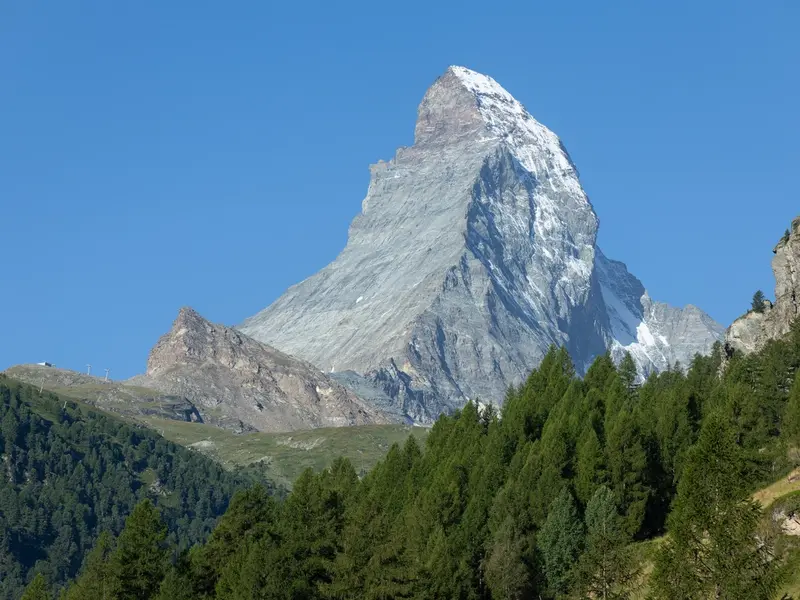Switzerland and Italy redraw border due to melting glaciers
3 min read

In response to the profound effects of climate change, Switzerland and Italy have initiated a redrawing of part of their shared border in the Alps, particularly beneath the iconic Matterhorn, one of Europe’s tallest peaks and a hub for numerous ski resorts.
Traditionally, many segments of the Swiss-Italian border have been delineated by glacier ridgelines or areas covered by perpetual snow. However, as glaciers continue to melt at alarming rates, these natural boundaries have begun to shift, prompting both nations to reassess and rectify their borderlines. The recent changes are a direct consequence of significant glacial retreat attributed to climate change.
On Friday, Switzerland officially approved the agreement outlining these border adjustments, though Italy is still in the process of ratifying it. This development follows a draft agreement produced by a joint Swiss-Italian commission earlier in May 2023. Recent statistics released last September indicated that Swiss glaciers lost 4% of their total volume in 2023, marking the second-largest loss recorded after 2022’s staggering 6% melt.
The Swiss Glacier Monitoring Network (Glamos) releases an annual report that attributes these drastic losses to consecutive warm summers, along with a severe lack of snowfall during the winter of 2022. Researchers caution that if these weather patterns persist, the rate of glacial thawing will only intensify.
Switzerland stated that the newly defined borders were established considering the economic interests of both nations. By clarifying these boundaries, the countries aim to determine responsibility for the maintenance and preservation of various natural areas within the affected regions. The border changes will impact notable locations such as Plateau Rosa, the Carrel refuge, and Gobba di Rollin, all of which are situated near the Matterhorn and close to popular ski resorts like Zermatt.
The exact details of the border adjustments will be finalized and made public once both countries formally sign the agreement. Switzerland has confirmed that the ratification process is currently underway in Italy.
The consequences of climate change extend beyond political boundaries; they have severe implications for the environment and the ecosystems dependent on glacial structures. Last year, Glamos warned that some glaciers in Switzerland are shrinking at such a rapid pace that their survival seems unlikely, even if global temperatures stabilize within the 1.5°C target set by the Paris climate agreement.
Experts emphasize that without a significant reduction in greenhouse gas emissions linked to global warming, larger glaciers—like the Aletsch Glacier, which is not directly affected by the border changes—could vanish within a generation. The accelerated melting of glaciers has unveiled numerous discoveries over the past few years, illustrating the dramatic impact of climate change on these ancient ice formations.
In July of last year, human remains found near the Matterhorn were identified as belonging to a German climber who had been missing since 1986. This discovery occurred when climbers traversing the Theodul Glacier above Zermatt noticed a hiking boot and crampons emerging from the ice. Additionally, the wreckage of a plane that crashed in 1968 was exposed from the Aletsch Glacier, and in 2014, the body of missing British climber Jonathan Conville was discovered by a helicopter pilot delivering supplies to a mountain refuge near the Matterhorn.
The adjustment of borders between Switzerland and Italy underscores a growing recognition of the direct consequences of climate change on both geopolitical landscapes and natural environments. As glaciers continue to retreat, the implications for tourism, natural resource management, and environmental conservation will only become more pronounced.
In conclusion, the redrawing of the border in the Alps not only highlights the shifting landscapes due to climate change but also serves as a critical reminder of the urgent need for global action on climate issues. As Switzerland and Italy navigate these changes, their collaboration could set a precedent for how nations address the challenges posed by a warming planet and the changing physical world.